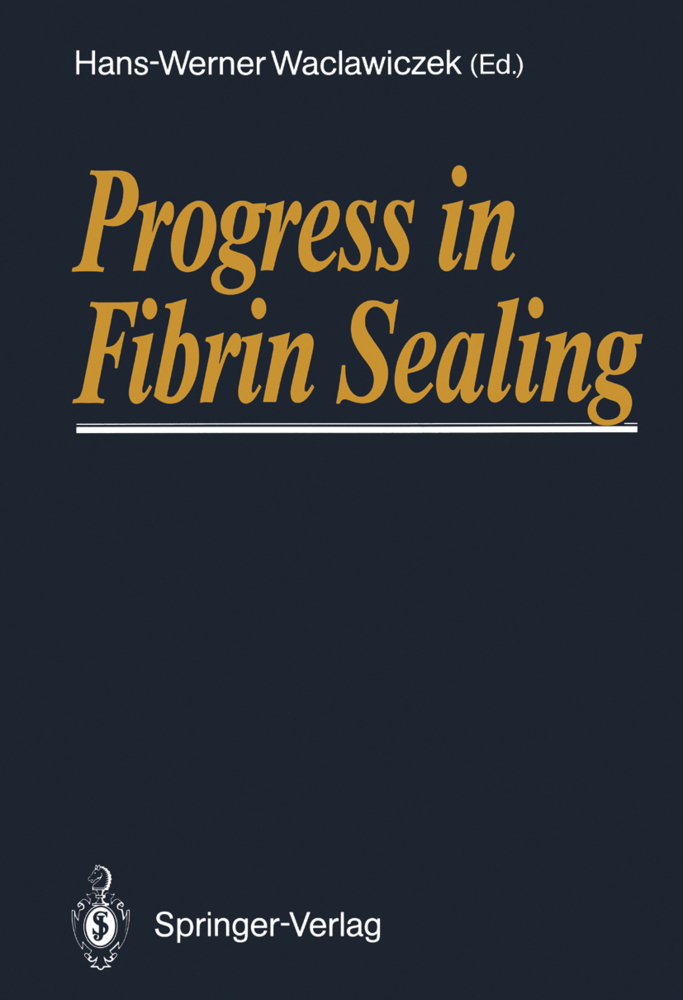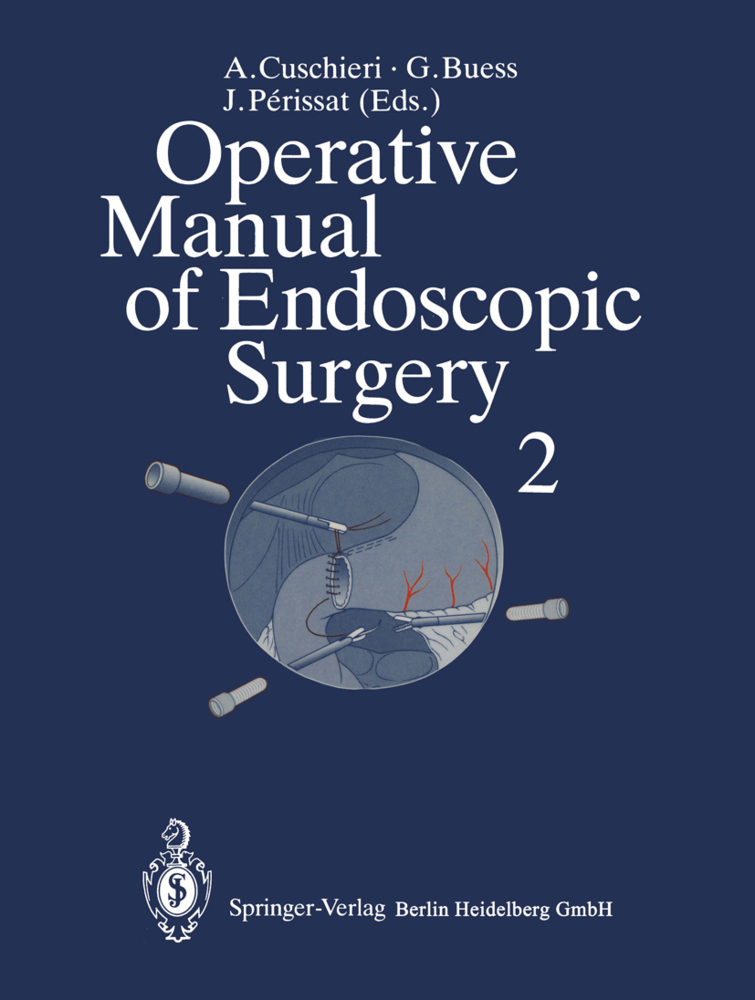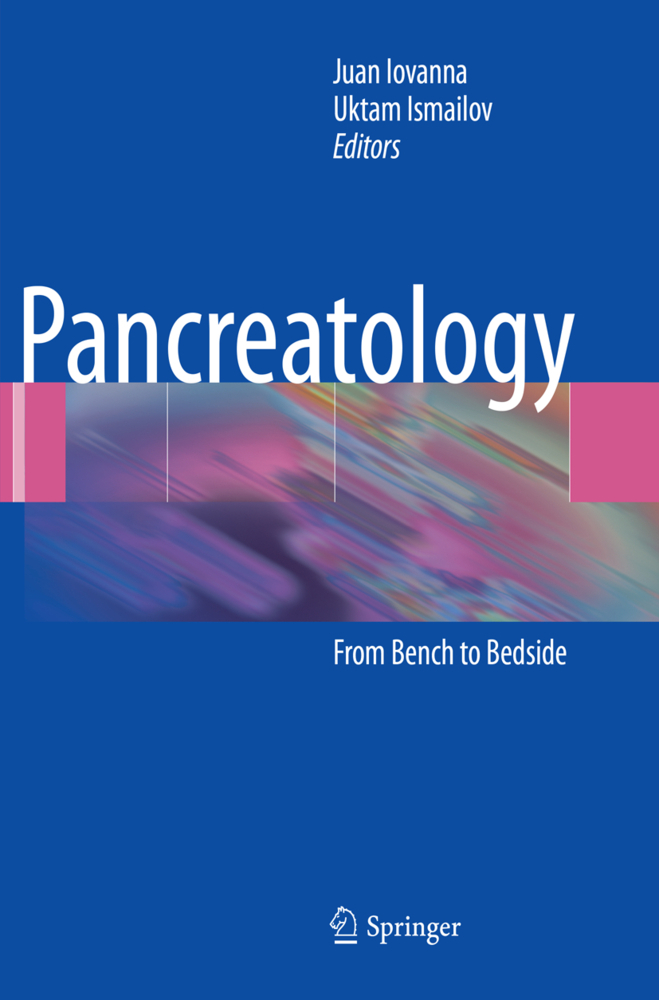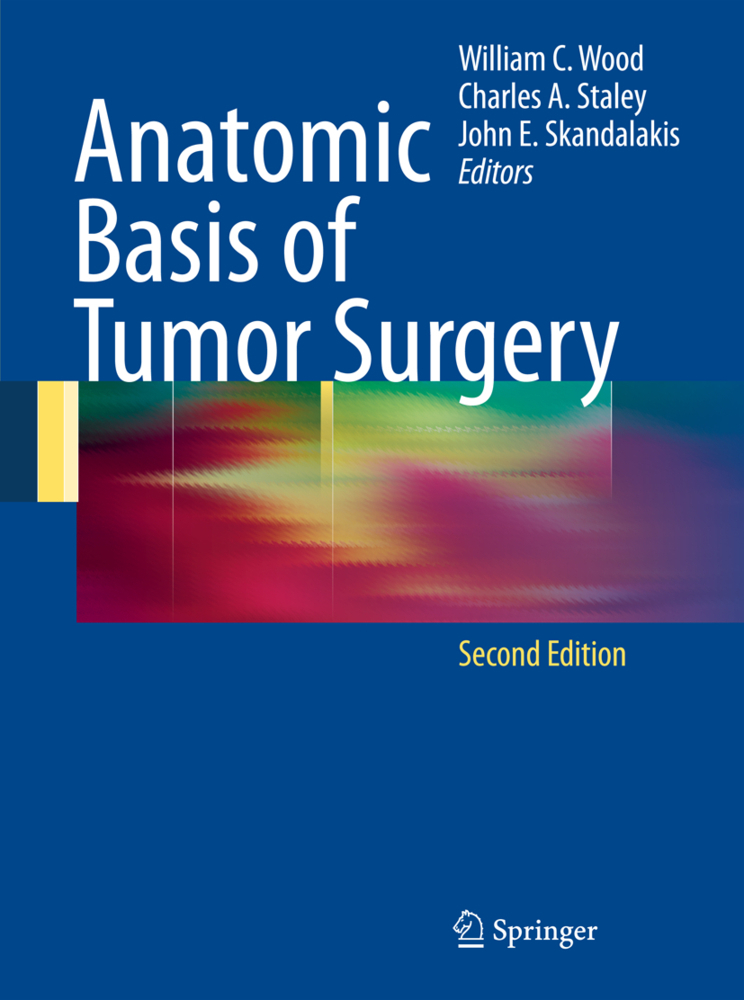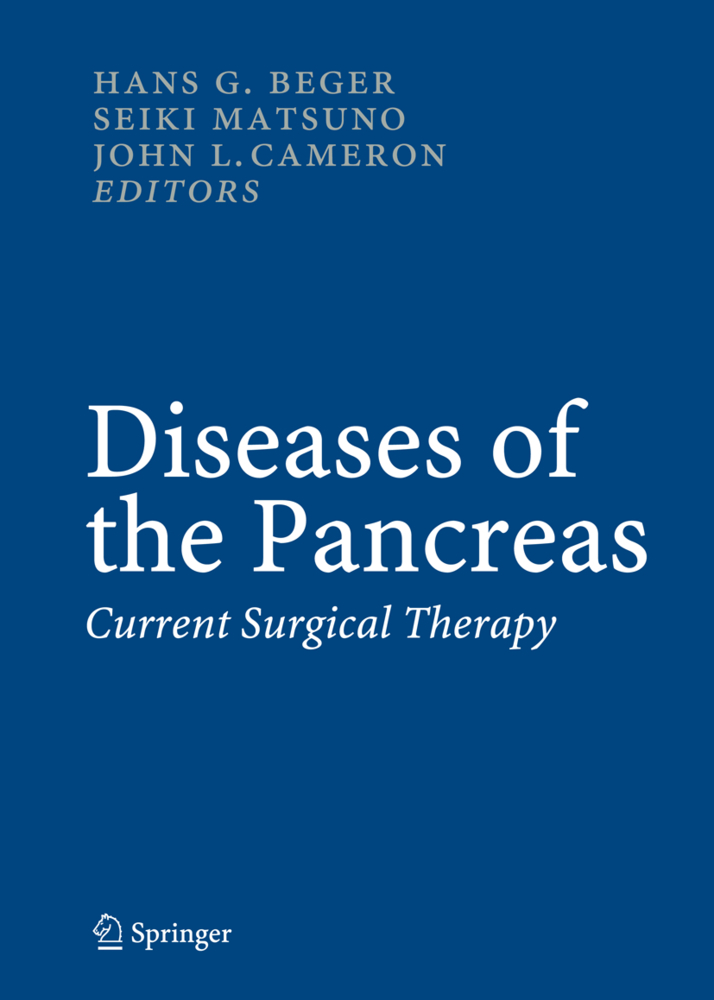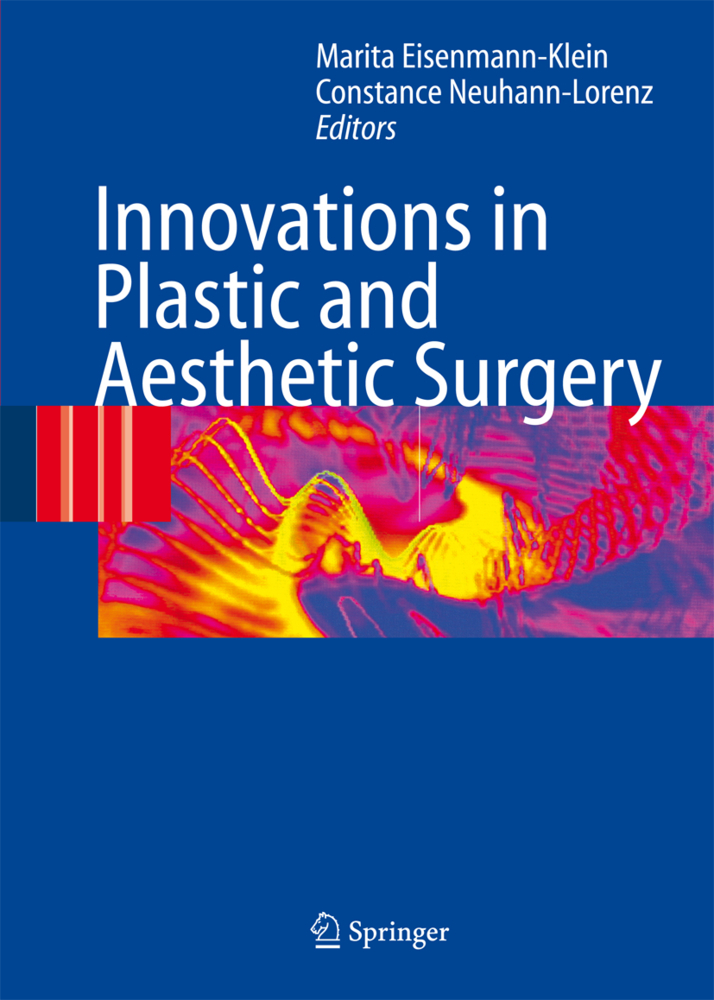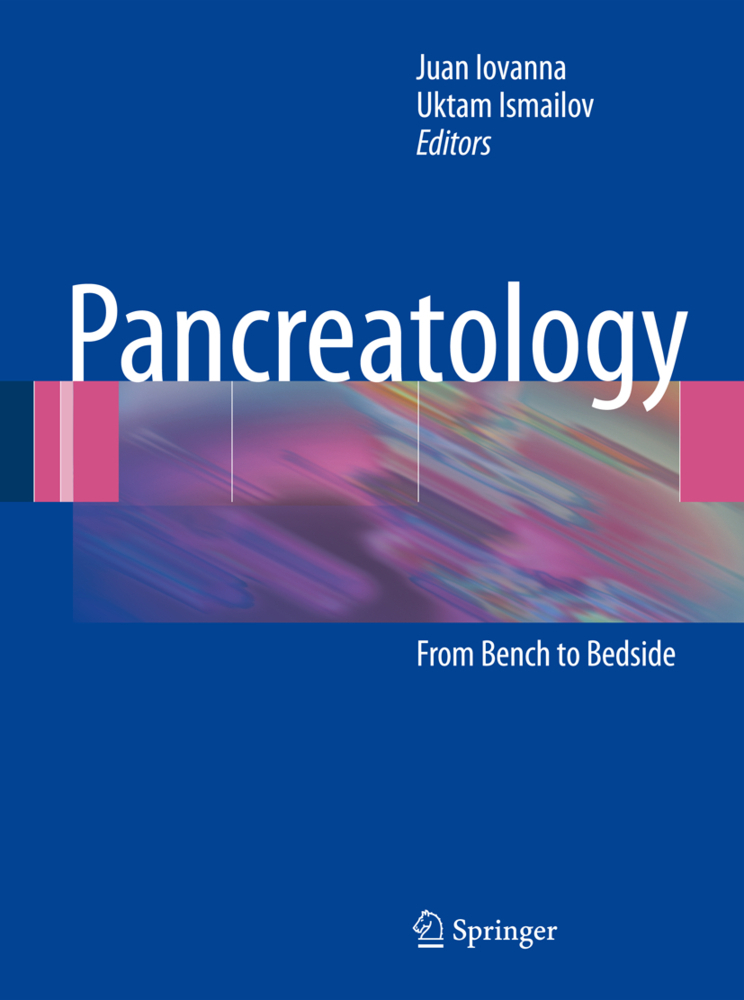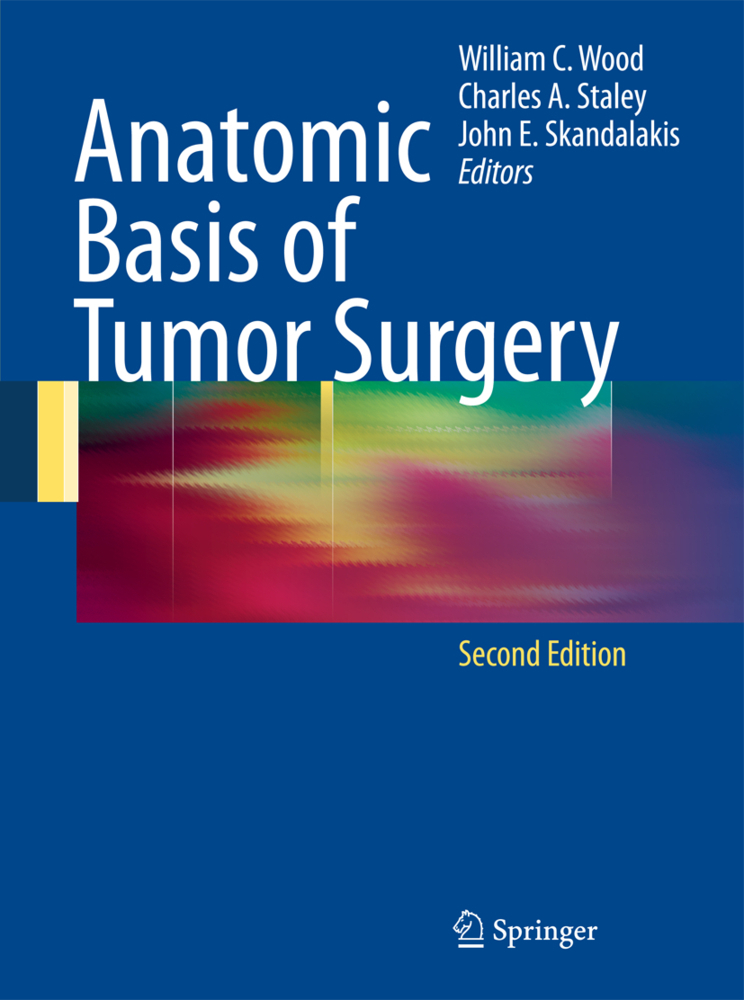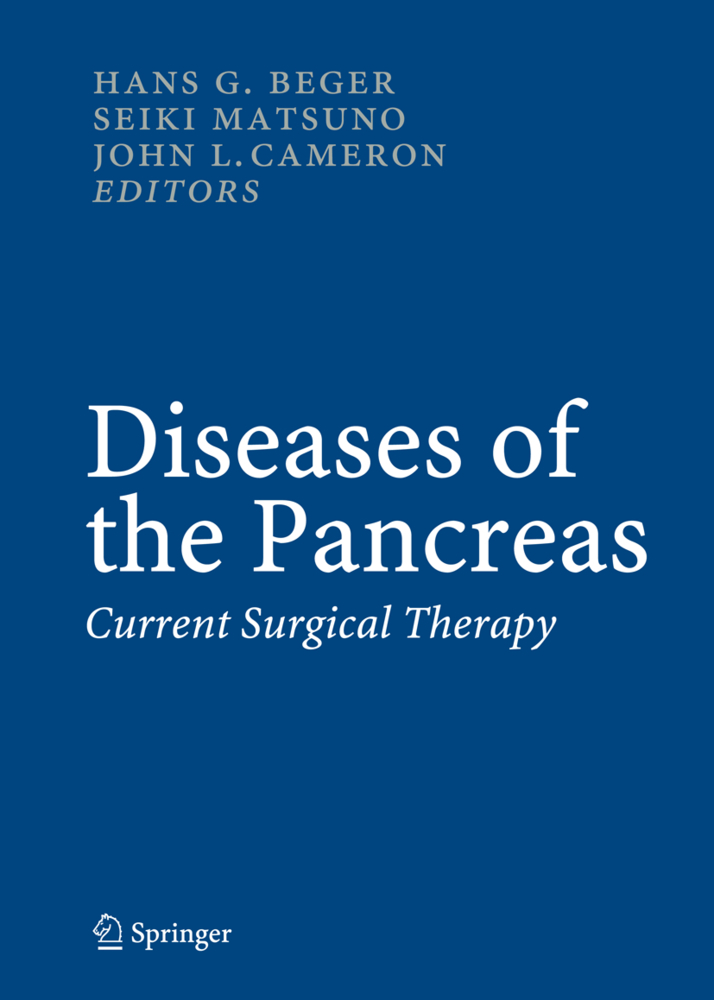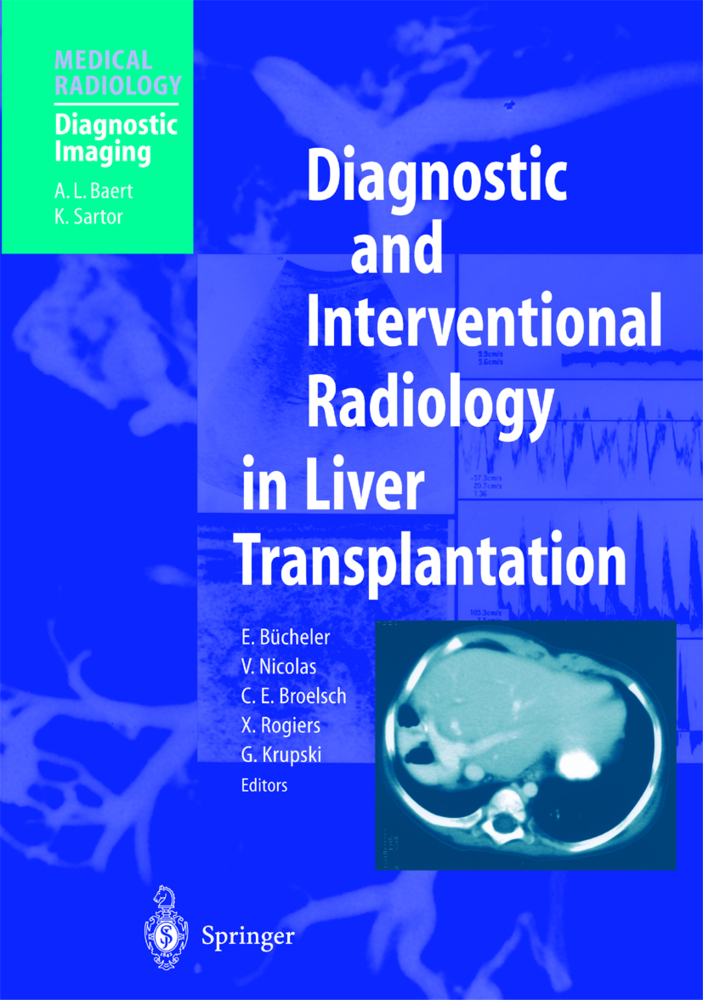Progress in Fibrin Sealing
Progress in Fibrin Sealing
Fibrin plays a central role in wound healing. It has a hemostatic effect by forming a temporary wound closure and assists in neovascularization and fibroblast prolifera tion. It therefore makes the repair of injured or severed parts of the human body by simple glueing possible, a notion that men have dreamed of since ancient times. The first modern attempts in this direction, using clotting substances derived from human blood to achieve hemostasis, were reported by Bergel (in 1909), Grey (in 1915), and Harvey (in 1916), who used fibrin powder or fibrin patches to control bleeding from parenchymatous organs. Two decades later Young and Medawar (1940) and Cronkite (1944) used blood plasma or fibrin solutions, adding thrombin to seal nerve anastomoses and to fix skin grafts in humans. Due to the poor adhesive strength of the fibrinogen the results were unsatisfactory. In 1972 a new era in fibrin sealing was initiated by Matras. By using highly concentrated fibrinogen in combination with factor XIII (fibrin-stabilizing factor) and by delaying fibrinolysis with a fibrinolysis inhibitor (aprotinin), a method was developed which after satisfactory results in animals, soon began to be applied in humans.
Fistula Therapy
Endoscopic Sealing of Infected Bronchus Stump Fistulae with Fibrin Following Lung Resections
A New Biological Implant for the Closure of Bronchopleural Fistulas
Fibrin Pleurodesis in Recurrent Pleural Effusion with Continuous Ambulant Peritoneal Dialysis
Endoscopic Therapy of Gastrointestinal Fistulae with Fibrin Tissue Sealant
Fistuloscopy - A Further Approach for the Sealing of Gastrointestinal Fistulae
Fibrin Sealing of Fistulas in Crohn's Disease
Prevention and Treatment of Lymphatic Fistulae Following Lymph Node Dissections by Means of Fibrin Sealing
Pancreas Surgery
Indications for Fibrin Sealing in Pancreatic Surgery - With Special Regard to Occlusion of the Residual Gland
Pancreatic Duct Occlusion with Fibrin Sealant for the Protection of Pancreatic-Digestive Anastomoses Following Resection of the Pancreatic Head: Experimental and Clinical Study
The Application of Fibrin Sealant in Segmental Pancreas Transplantation
Segmental Pancreatic Transplantation with Temporary Duct Blockade with a Modified Fibrin Glue
Pancreatic Duct Occlusion with Fibrin Sealant: An Experimental Study
Therapy of Bleeding Ulcers
Tissue Reaction and Hemostatic Characteristics - Fibrin Sealant Versus Polidocanol: Experimental and Clinical Results
A New Development in Gastrointestinal Bleeding: Sclerotherapy Using Fibrin Sealant
Submucous and Intravascular Application of Fibrin Sealant Using a Double-Luminal Flexible Needle
Fibrin Sealing: An Enrichment in the Endoscopic Control of Bleeding in the Upper Gastrointestinal Tract
Prophylaxis and Therapy of Intra-abdominal Adhesions with Highly Concentrated Human Fibrinogen: Experimental and ClinicalResults
Summary.
Principles of Fibrin Sealing
Fibrin Sealant: Efficacy, Quality, and SafetyFistula Therapy
Endoscopic Sealing of Infected Bronchus Stump Fistulae with Fibrin Following Lung Resections
A New Biological Implant for the Closure of Bronchopleural Fistulas
Fibrin Pleurodesis in Recurrent Pleural Effusion with Continuous Ambulant Peritoneal Dialysis
Endoscopic Therapy of Gastrointestinal Fistulae with Fibrin Tissue Sealant
Fistuloscopy - A Further Approach for the Sealing of Gastrointestinal Fistulae
Fibrin Sealing of Fistulas in Crohn's Disease
Prevention and Treatment of Lymphatic Fistulae Following Lymph Node Dissections by Means of Fibrin Sealing
Pancreas Surgery
Indications for Fibrin Sealing in Pancreatic Surgery - With Special Regard to Occlusion of the Residual Gland
Pancreatic Duct Occlusion with Fibrin Sealant for the Protection of Pancreatic-Digestive Anastomoses Following Resection of the Pancreatic Head: Experimental and Clinical Study
The Application of Fibrin Sealant in Segmental Pancreas Transplantation
Segmental Pancreatic Transplantation with Temporary Duct Blockade with a Modified Fibrin Glue
Pancreatic Duct Occlusion with Fibrin Sealant: An Experimental Study
Therapy of Bleeding Ulcers
Tissue Reaction and Hemostatic Characteristics - Fibrin Sealant Versus Polidocanol: Experimental and Clinical Results
A New Development in Gastrointestinal Bleeding: Sclerotherapy Using Fibrin Sealant
Submucous and Intravascular Application of Fibrin Sealant Using a Double-Luminal Flexible Needle
Fibrin Sealing: An Enrichment in the Endoscopic Control of Bleeding in the Upper Gastrointestinal Tract
Prophylaxis and Therapy of Intra-abdominal Adhesions with Highly Concentrated Human Fibrinogen: Experimental and ClinicalResults
Summary.
Waclawiczek, Hans-Werner
| ISBN | 978-3-540-50797-0 |
|---|---|
| Artikelnummer | 9783540507970 |
| Medientyp | Buch |
| Copyrightjahr | 1989 |
| Verlag | Springer, Berlin |
| Umfang | XIV, 154 Seiten |
| Abbildungen | XIV, 154 p. |
| Sprache | Englisch |

